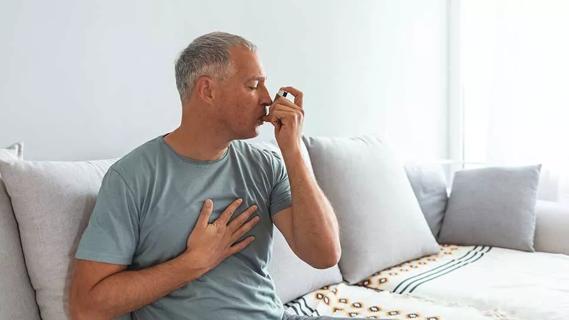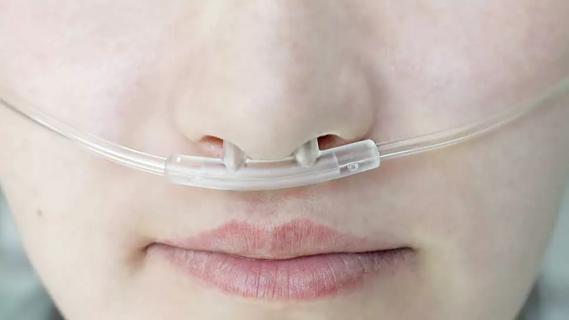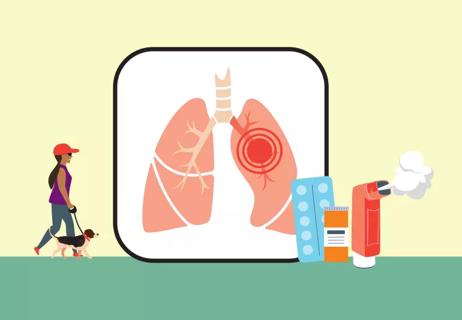Chronic obstructive pulmonary disease (COPD) is a group of progressive lung diseases that can cause irreversible damage to your airways. Learn more about the causes, symptoms and treatment, as well as how to prevent it.
COPD (chronic obstructive pulmonary disease) causes permanent damage to your lungs that makes it hard to breathe. You might struggle to catch your breath just walking across the room. Or you might notice that activities you once loved make you exhausted much sooner than you’d expect. Or maybe you have a nagging cough with mucus that just won’t go away.
Advertisement
Cleveland Clinic is a non-profit academic medical center. Advertising on our site helps support our mission. We do not endorse non-Cleveland Clinic products or services. Policy
If you’re diagnosed with COPD, your healthcare provider might say you have emphysema or chronic bronchitis — both cause types of damage that fall under the diagnosis of COPD.
Emphysema causes your airways and the air sacs in your lungs (alveoli) to lose their elasticity. Over time, this destroys the walls between your alveoli, trapping air. This makes you feel short of breath — like sucking air in through a straw, or trying to continually breathe in without letting any air out of your lungs.
Chronic bronchitis causes inflammation and mucus in your airways. This narrows your airways, making it hard to get air in. You might have a chronic cough, noisy breathing (wheeze) and feel like you can’t get a deep breath.
Chemicals that damage or irritate your lungs — like smoking, air quality and chemical fumes — can contribute to COPD. A genetic condition called Alpha-1 antitrypsin deficiency can also lead to COPD.
When you breathe in, air travels down your airways and into your alveoli. There, the oxygen moves into your bloodstream and to your tissues. With COPD, the air is blocked (obstructed). This means oxygen can’t get to your tissues, where your cells use it for energy. Your muscles use up what little oxygen they have quickly. In response, your heart rate increases to move more blood through your body so more oxygen can get to your tissues.
There’s no one simple test to diagnose COPD. At times, it might seem like one test just leads to two more. But these tests help your provider get a good picture of your overall health and determine the best treatments. Simple pulmonary function tests, like spirometry, can give your provider a good idea of how well your lungs are working. If the tests show you’re not breathing as well as you should, your provider may give you other tests to help confirm or rule out COPD or other conditions.
Advertisement
While there’s no cure for COPD, there are ways to manage it and improve your symptoms. Treatments usually include inhaled medications, like bronchodilators and pulmonary rehabilitation.
It’s natural to wonder when or if you’ll need supplemental oxygen down the road. But there’s no set path for COPD. Some can treat their symptoms for years or even decades with an inhaler, lifestyle changes recommended by their provider and respiratory therapy. Some people need to use oxygen for a while but then can stop using it.
If these treatments no longer help, it’s time to have a talk with your provider about your next step. They’re the best person to talk to about what to expect in your specific situation.
Advertisement

A change in diet won’t cure COPD — but getting to or maintaining a healthy weight will help

Both conditions have similar symptoms, but different causes and treatments

You can reduce your chances of a flare-up by quitting smoking, avoiding respiratory infections and following your doctor’s orders

Get improved quality of life and breathe better

Quitting smoking helps immediately, but this disease doesn’t only affect people who smoke

Take the proper precautions to protect yourself